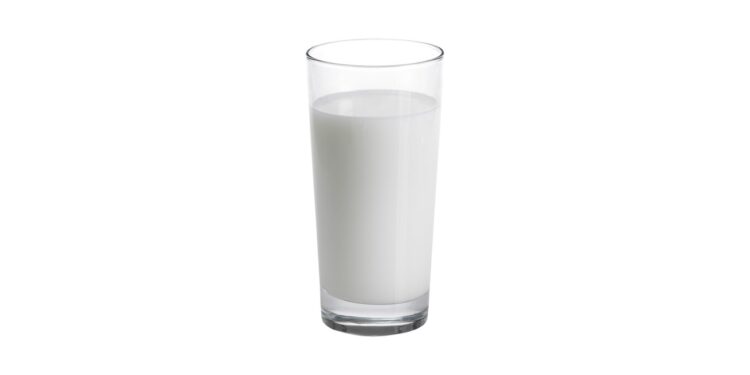Rising global temperatures and increasingly severe heatwaves are placing mounting pressure on the world’s dairy industry, with scientists warning that milk production could decline significantly in the coming decades unless urgent adaptation measures are taken.
Cows are especially vulnerable to heat stress. Unlike humans, they have limited ability to regulate their body temperature and struggle to produce milk efficiently when exposed to sustained high temperatures. As heatwaves become more frequent, intense and widespread, farmers across the globe are witnessing drops in yield, changes in animal behaviour, and growing costs tied to cooling and hydration systems.
A recent study by the International Dairy Federation found that some of the world’s largest dairy-producing regions—including the US Midwest, parts of Europe, India and Australia—are already experiencing measurable reductions in output during extreme heat events. In India, for instance, milk yield fell by as much as 20% during the 2023 summer heatwave. Southern Europe saw similar trends, prompting farmers to alter milking schedules and invest in fans, water misters and shaded barns.
The consequences extend beyond the farm. Declining milk supply leads to price volatility, tighter margins for producers, and potential food security concerns, particularly in regions where dairy remains a crucial source of protein and nutrition. The global dairy trade—valued at over $100 billion annually—may face disruptions if climate resilience is not embedded into agricultural policy and practice.
Mitigation is complex. Cooling infrastructure is expensive and not always feasible in lower-income countries. Genetic research into heat-tolerant breeds offers some hope, but progress remains slow. Others advocate for broader reforms in land use and animal management, including shifting production away from vulnerable zones or integrating shade crops and natural cooling into pasture systems.
Environmentalists also point to the feedback loop: livestock farming contributes significantly to greenhouse gas emissions, especially methane, meaning the industry is both a victim of and contributor to climate change. This tension has reignited debate over the future of dairy in a warming world, with some calling for dietary shifts and alternatives to traditional milk products.
While innovation and policy reform may cushion some of the blow, the scientific consensus is firm—without serious intervention, climate extremes will reshape the global dairy map. The comforting glass of milk may no longer be taken for granted in a hotter future.
REFH – newshub finance









Recent Comments